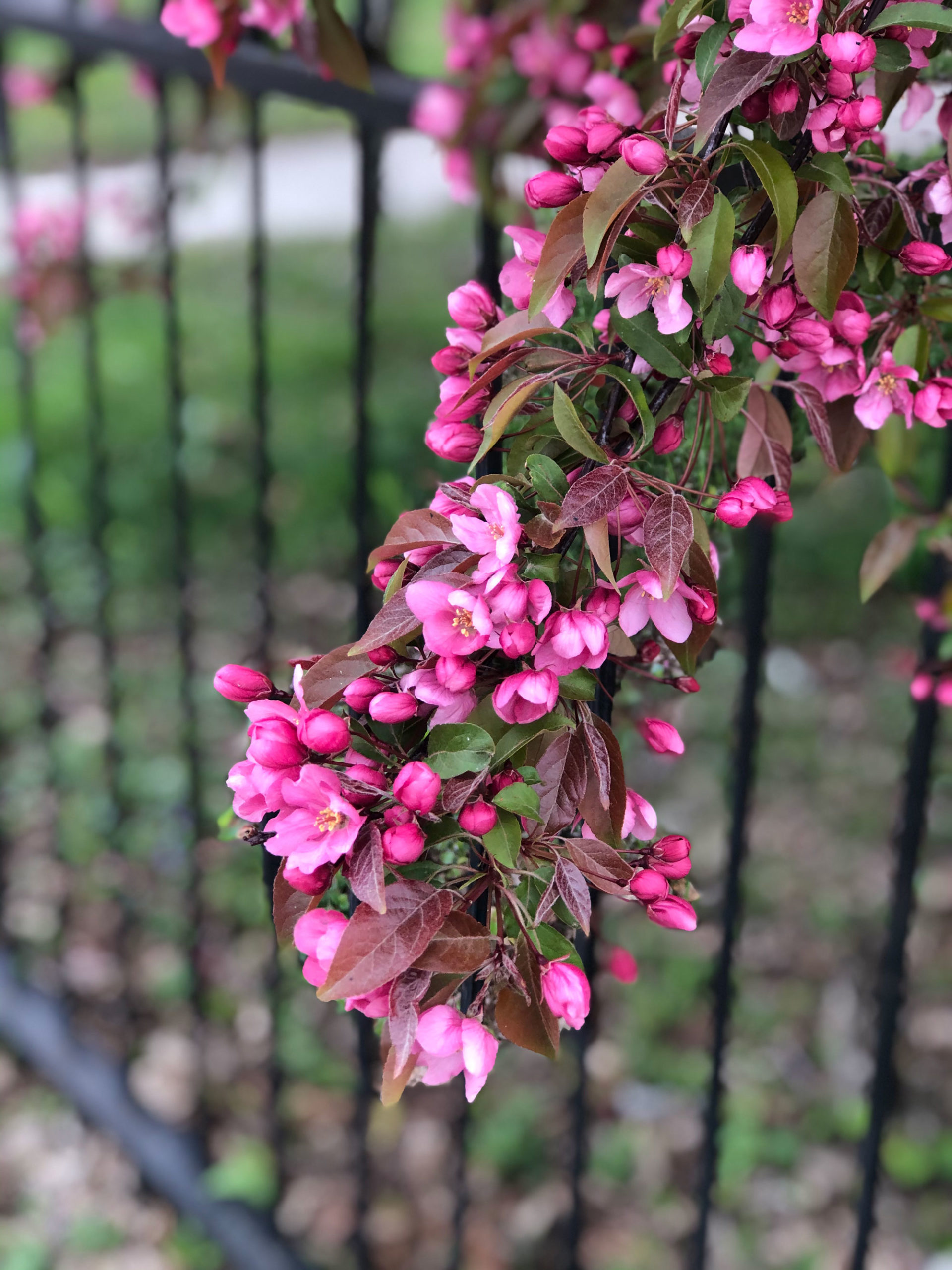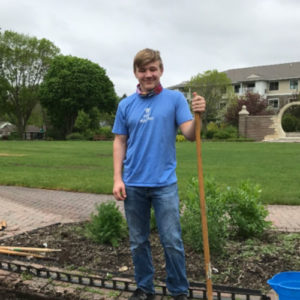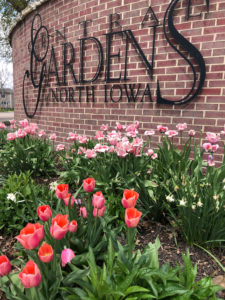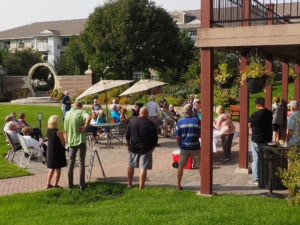
By: Jim Sholly – CLEAR Project
Central Gardens of North Iowa gives visitors a chance to experience a serene piece of nature by placing a bit of greenspace inside our concrete jungle. Beautiful gardens showcase flowers that have been cultivated from all across the nation into a collection of the most vibrant colors and designs. While all of these varieties have a time and a place, there is one garden that has a special place in my heart: the prairie wildflower garden. In the heart of Central Gardens lies a collection of wildflowers native to North Iowa. Vibrant yellows from the Golden Alexander to bright blues and purples found in the Spiderwort and Beardtongue help create a mishmash of colors in this wild looking area. While many folks find the chaos of a prairie patch out of place for such a controlled series of gardens, it serves a major role in the landscape that is often overlooked.
Native prairie flowers offer an important food source and migration rest stop to many pollinator species. Bees and butterflies feed primarily off of pollen and nectar, found in great abundance in the wildflower bed. This area of prairie is an oasis in the garden when it comes to our pollinators, as many of the cultivars that fill the plots across Central Gardens have been cultivated to not produce pollen or nectar as a means to tame and control how they are spread. The same genetics that were sought out to create such beautiful plants has taken away what our native insects need to survive.
In addition, several species of butterflies are extremely particular in which plants they use to lay eggs. For instance, the beautiful Monarch Butterfly will only lay its eggs on a species of milkweed. Once hatched, the caterpillars eat the leaves of the milkweed plant and retain the toxins in the leaves into their adult form, making them poisonous, or at least foul-tasting, to birds and other insectivores. By providing the small area of wild prairie grasses and wildflowers, Central Gardens is working to save and promote the very pollinators that are a symbol to many as the mark of a great flower garden.
If you would like to find out more about how adding native prairie flowers to your own landscaping can add new colors to your flower bed, as well as help protect our lake and our pollinators, please check out www.clearproject.net.




